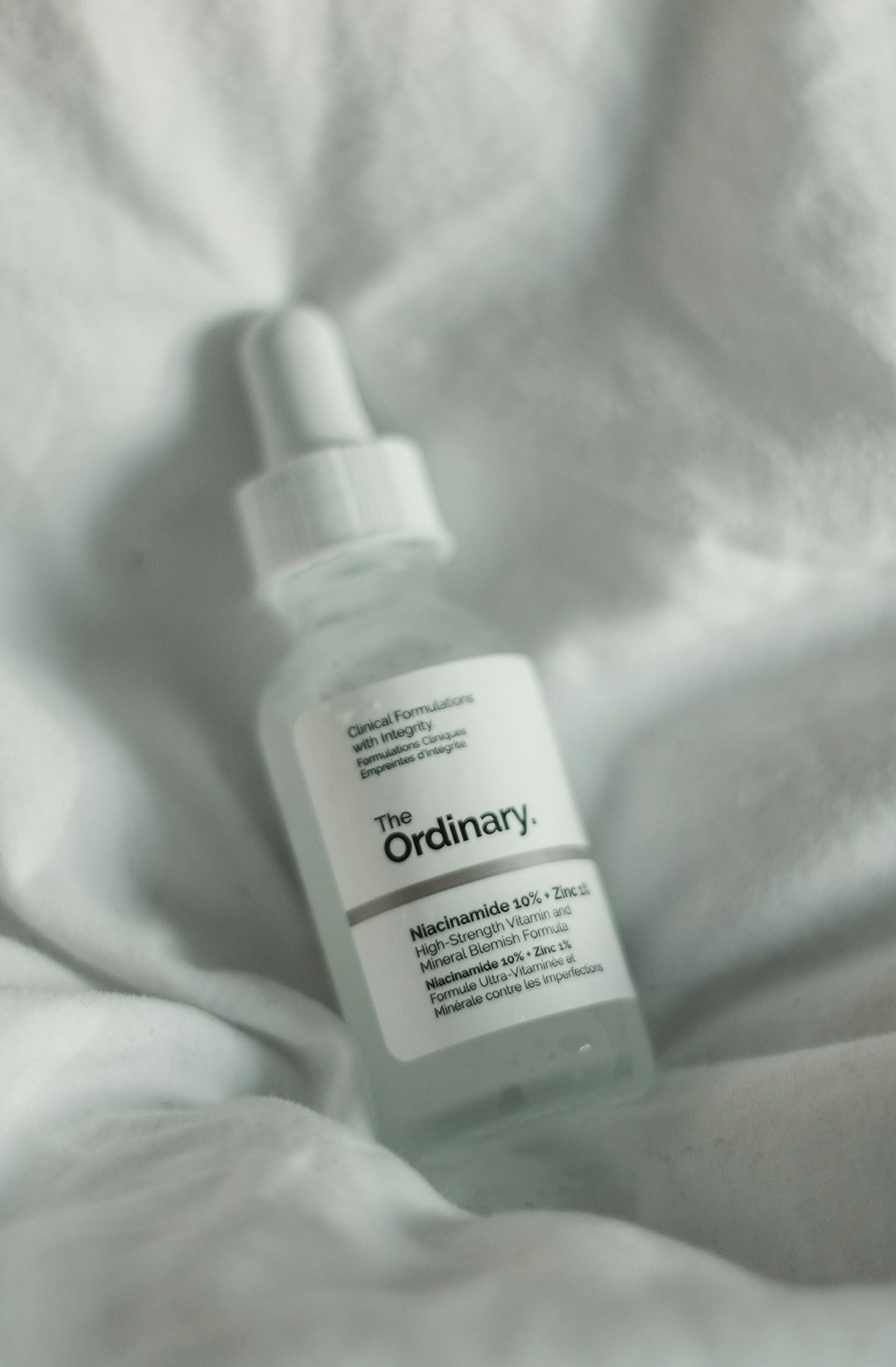Imagine people shopping online not just because they searched for a product, but because they first read something helpful. That’s the magic of combining content with commerce. We’re talking about blogs, product detail pages (PDPs), and collections that do more than just sit around. These pages rank on Google. They attract visitors. And they make sales.
Let’s break it down. No need for fancy language here. Just helpful tips, simple explanations, and real possibilities.
Why Content + Commerce Matters
You have great products on your site, right? But here’s the problem — so does everyone else.
If you want to stand out, you’ve got to do more than list them. You need to connect with your audience. That’s where content comes in.
Content helps you:
- Get found on Google through organic search
- Build trust by educating your audience
- Guide buying decisions by explaining the why
This magic combo of content and commerce turns your website into more than a shop. It becomes a valuable resource.
Let’s Start With Blogs
Blogs aren’t just for lifestyle tips or recipes anymore. In eCommerce, the blog is your hook.
Here’s how to use it:
- Answer questions your customers are Googling
- Tell stories that relate to your product
- Explain how to use the product or choose between options
Example: You sell skincare. A blog about “How to Build a Morning Skincare Routine” will attract people actively looking to improve their skin.

At the bottom of that blog, guide them to products used in the routine. You’ve now educated and sold—nice work!
Tips for Winning Blog Content
- Choose keywords people search for (use tools like Google’s Keyword Planner)
- Write for humans first. Helpful, friendly, and clear.
- Add product links naturally
- Use visuals and headings to break up text
- Don’t forget a call to action at the end
One great blog can become:
- An SEO traffic driver
- A social media post
- A sales email topic
Now that’s value.
What About Product Detail Pages (PDPs)?
We’re all used to seeing boring product pages. A title, a price, and a short description. Yawn.
Want to win on search engines? Make those PDPs work harder.
A great PDP answers:
- What is this product?
- Who is it for?
- Why should I care?
- How do I use it?
Here’s how to upgrade:
- Add in-depth product descriptions — how it works, where it shines, any quirks
- Include customer reviews — helps with social proof and SEO
- Use keyword-rich headings like “How to Use” and “What’s Inside”
- Answer FAQs — the more info, the better
Plus, make sure it loads fast, works on phones, and looks nice.

Collections That Rank
Next up: collection pages. These are the pages that group similar products together.
Think “Men’s Running Shoes” or “Winter Jackets for Women.” These pages can attract a ton of traffic when optimized right.
How to Optimize a Collection Page
- Include at least 200 words of intro text — explain what the collection is and why it’s useful
- Add unique content below the product grid — this keeps users informed and Google happy
- Use keyword-rich titles like “Best Winter Running Gear for Beginners”
Bonus tip: Internally link to these collections from your blog content. They help each other rank.
Example: Write a blog post called “How to Layer for Cold Weather Running” and link to your “Cold Weather Gear” collection.
Make It All Work Together
Here’s where it gets fun. Your blogs, PDPs, and collections don’t live alone. Think of them as teammates.
Your blog fuels curiosity. It gets people through the door.
Your collections show off the variety. It keeps them interested.
Your PDPs do the convincing. It closes the deal.
All three work best when they link to each other and are built with intention.
Let’s visualize that for a second:
- A blog about skincare routines → links to a “Morning Skincare” collection
- The collection page → links to individual product pages with strong reviews
- Each PDP → links back to helpful blogs about usage and benefits

This linking strategy isn’t just friendly for your users. It’s a goldmine for SEO. Google loves internal links and well-organized content.
Keep Updating
All this effort only works if you revisit regularly. Trends evolve. Products update. Search behavior shifts.
So revisit your:
- Blog posts — check for outdated info or broken links
- PDPs — update pricing, specs, descriptions
- Collections — refresh seasonally or based on trends
This keeps your site fresh, relevant, and ranking.
Real Talk: What Not To Do
Let’s save you from common mistakes:
- Don’t just stuff keywords. Write naturally.
- Don’t copy descriptions from manufacturers. Be original.
- Don’t ignore your analytics. See what’s working (and what’s not).
Your site should always be helping your customer—and securing a sale.
Wrapping It Up
To sum it all up:
- Blogs pull people in with helpful content
- PDPs convince them the product is right
- Collections guide them to explore more options
And when you connect these with smart keywords, internal links, and helpful storytelling—you don’t just get traffic.
You get conversions.
So start small. Write a blog. Add a descriptive paragraph to a collection. Improve a PDP today. Each move brings you closer to a smarter, stronger content-commerce machine.
Remember: People don’t just want to buy. They want to learn, trust, and explore.
And your site? It can give them all that—and more.
Now go build that ranking machine!